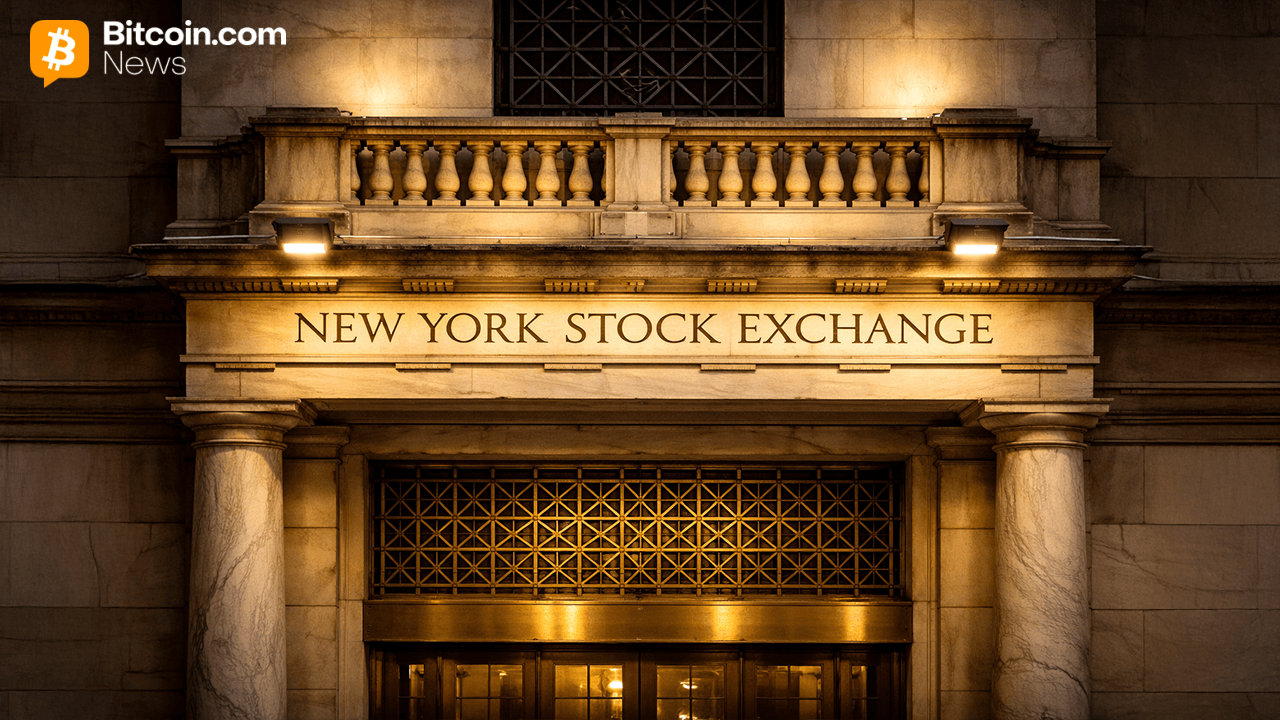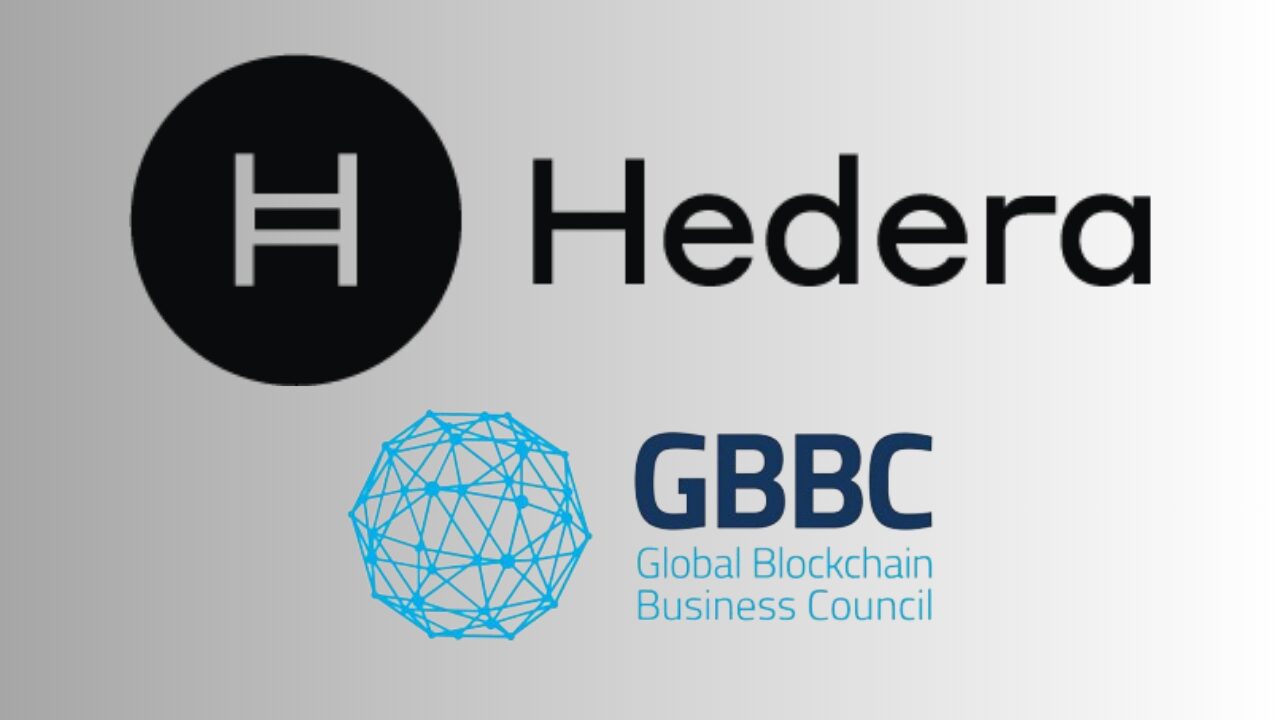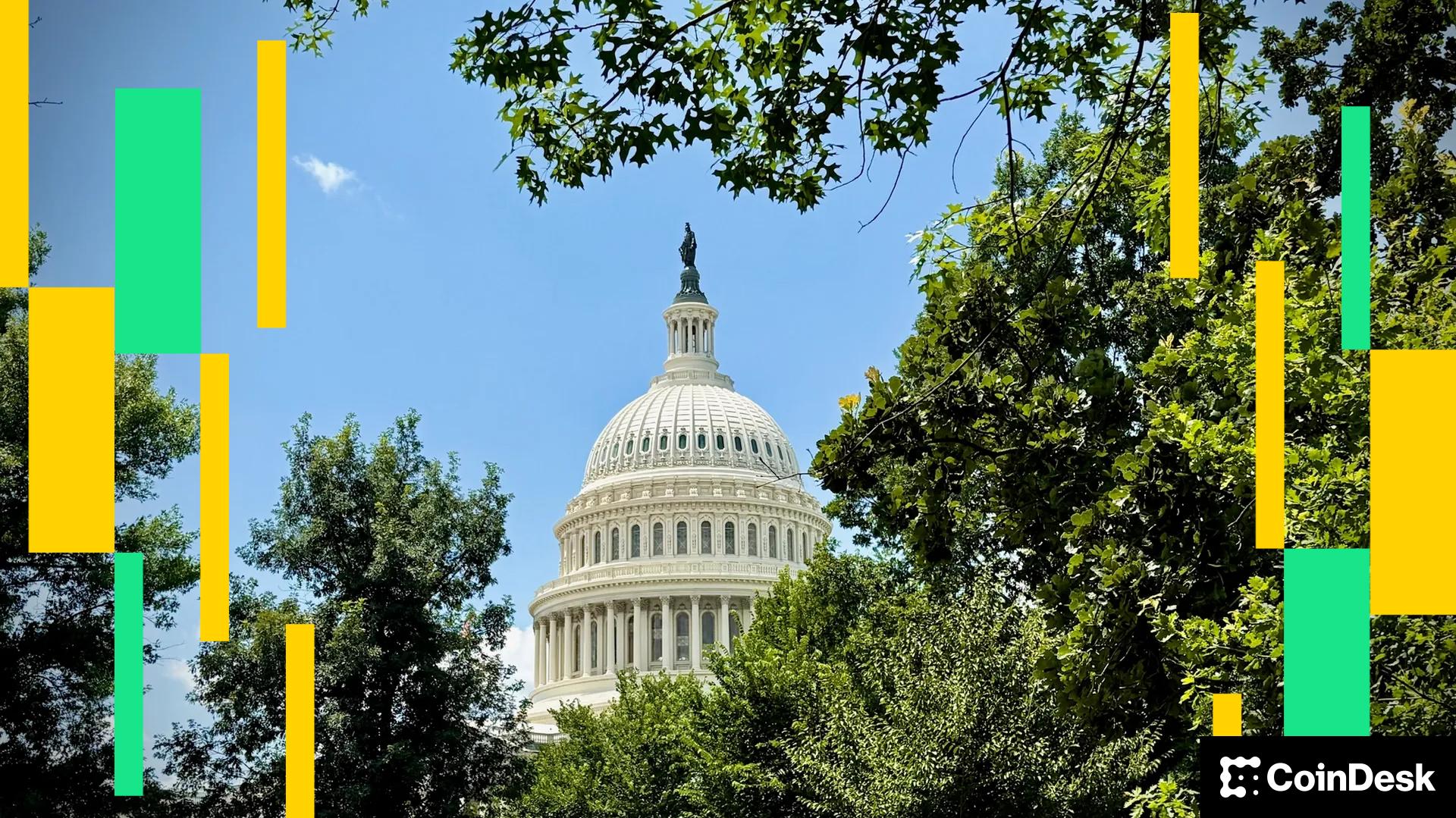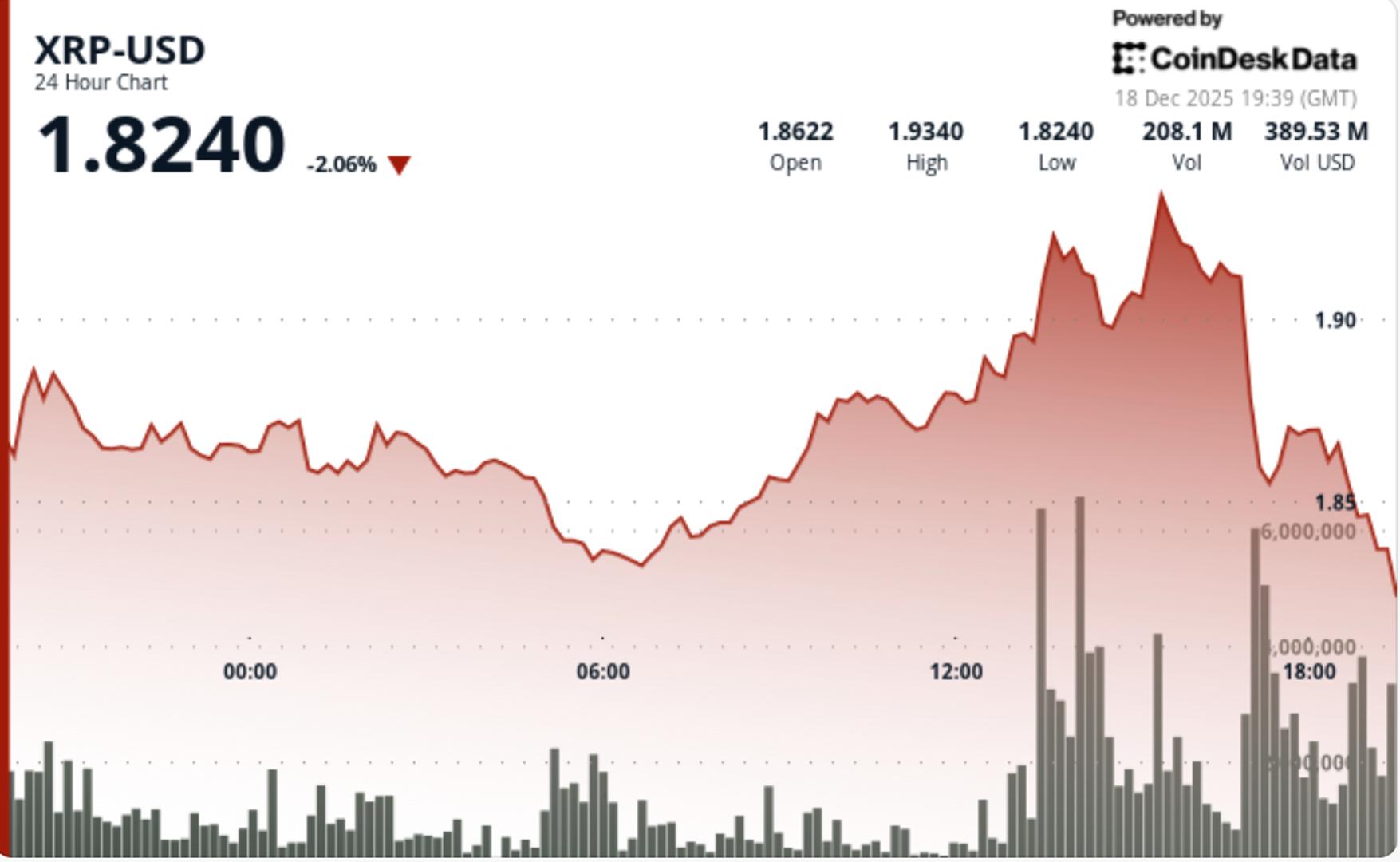How Cryptocurrencies Could Become the Next World Reserve Currencies AllinCrypto October 9, 2025
The global financial system is shifting in more ways than one. The U.S. dollar has served as the dominant reserve currency, anchoring trade, finance, and global liquidity.
With rising geopolitical tensions, some economists have questioned the long-term stability of a system built around a single national currency such as the dollar.
In the future, if trust between nations continues to be eroded and diversification becomes a strategic priority, cryptocurrencies and other digital assets could emerge as potential neutral alternatives for global settlements and reserve holdings.
How Cryptocurrencies Could Settle Fiat Tensions
The dollar’s position as the current global reserve currency has given the U.S. influence over international finance and a boost to the U.S ecconomy.

While it provides stability, it also grants Washington the ability to issue easier economic sanctions, payment restrictions, and leverage trade advantages, playing on a field above other nations. This can create friction with other countries like China, for example.
China’s yuan, digitized, could create an imbalance, offering a new alternative for global trade settlement. The Trump administration has called for stablecoin legislation to be pushed quickly, such as the passing of the GENIUS Act, to combat foreign digital currencies and maintain US dollar hegemony via crypto issuances.
The European Central Bank will launch its own digital Euro in 2029, aiming to boost the wider European ecconomy by protecting fees that are generated and transactions performed in the European economic area.

Future geopolitical tensions can open a gap for neutral, decentralized settlement assets or cryptocurrencies that belong to no government and can operate transparently as bridges between fiat systems without political bias.
Bitcoin could become this currency as nations already stockpile BTC in the form of reserves. El Salvador and Nepal are two non-Western nations that are openly stacking sats. Could there be room for altcoins?
Cryptocurrencies & Neutral Settlement Layers
Among digital assets being considered for cross-border use, XRP stands out due to its design and performance.
Built for global payments, the XRP Ledger enables near-instant settlement at near-zero costs. It was designed not to replace currencies but to serve as a neutral bridge asset between them and as an independent asset that can facilitate liquidity across any currency pair in the world.

Neutrality is invaluable when it comes to possible future outcomes in geopolitics and the global ecconomy. Central banks and financial institutions could hold XRP or similar assets as reserve buffers to enable faster international settlements without relying on U.S. dollar corridors.
This would reduce systemic risk while improving financial inclusivity for developing markets. Setbacks would be Ripple’s existing operations in the U.S, with Ripple being a U.S.-based company.
The Rise of Multi-Asset Reserve Systems
A near-future reserve system based on crypto may not revolve around one dominant currency, but a basket of assets including fiat currencies, commodities, and crypto tokens. This multi-asset approach could balance global influences.
Cryptocurrencies like XRP, Stellar’s XLM, and Hedera’s HBAR could serve as programmable, auditable components within this new structure, able to satisfy throughput demands. Their transparent ledgers provide verifiable proof of reserves, while tokenized systems could even allow programmable monetary policies or instant compliance reporting capabilities.
For central banks exploring Central Bank Digital Currencies (CBDCs) or stablecoins, an interoperable ledger powered by neutral assets could bridge international systems, creating an internet of value that functions above political control.

Beyond Politics: Building a Neutral Global Settlement Layer
The key advantage of cryptocurrencies as reserve assets would lie in reaching a type of neutrality with transparency. Unlike fiat currencies backed by government rules, decentralized ledgers work independently.
They can facilitate trade, remittances, and cross-border settlements without requiring trust in a single government entity.
If adopted collectively by central banks, multinational institutions, and corporations, digital assets like XRP or Bitcoin could form a foundation of a non-aligned reserve network, a global financial system that operates on shared policies instead of subtle political alliances.
The world’s financial architecture is entering a period of transformation. As global trade diversifies and digital currencies mature, the demand for a politically neutral, decentralized reserve asset will only grow.
In a world becoming increasingly fragmented, digital assets may become a way to restore financial equilibrium.
The post How Cryptocurrencies Could Become the Next World Reserve Currencies first appeared on AllinCrypto.






